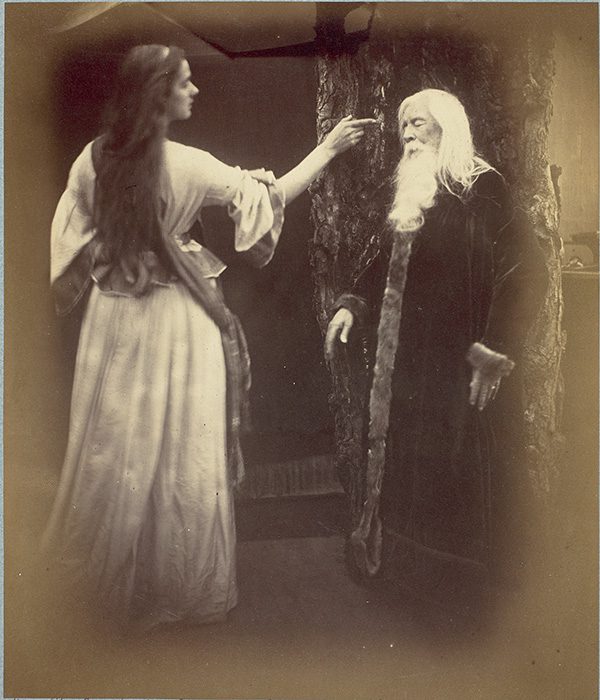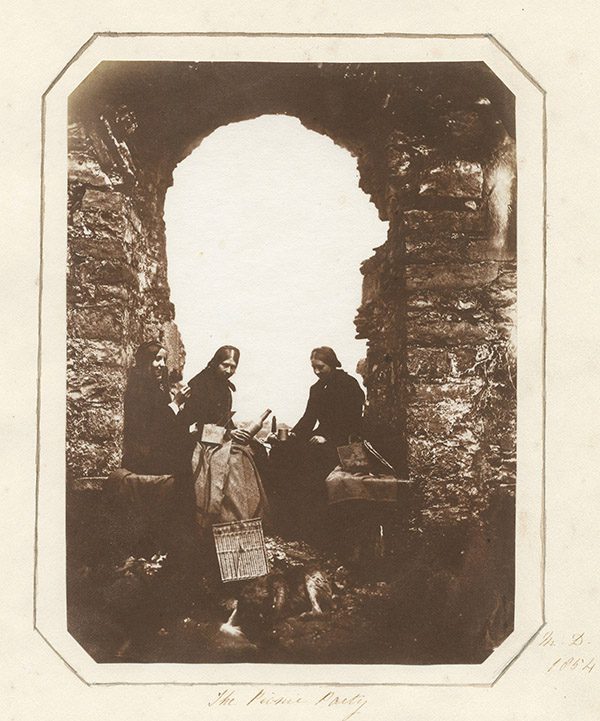PHOTO: Who is afraid of women photographers? Part I:1839-1919
 Female photographers and their work have been overlooked and undervalued for many decades, especially during photography’s early years. For this exhibition, Musée d’Orsay & Musée de l’Orangerie is unearthing the overshadowed talents of female photographers from the birth of photography in 1839 through 1945. Amateurs from the upper classes or true professionals at the turn of the 19th to 20th Century, women played a major role as creators in the development of photography.
Female photographers and their work have been overlooked and undervalued for many decades, especially during photography’s early years. For this exhibition, Musée d’Orsay & Musée de l’Orangerie is unearthing the overshadowed talents of female photographers from the birth of photography in 1839 through 1945. Amateurs from the upper classes or true professionals at the turn of the 19th to 20th Century, women played a major role as creators in the development of photography.
By Dimitris Lempesis
Photo: Musée d’Orsay Archive
The coal of the exhibition “Who is afraid of women photographers?”, is to display the singular and progressive relation between women and photography, showing the characteristics and the remarkable aspects of this production according to the given historical, social and cultural context, from the invitation of the photography in 1839 until 1945. The exhibition is divided in two parts following chronological order. The first part “1839-1919” is on presentation at Musée de l’Orangerie, brings together known and unknown masterpieces. The exhibition starts at the very origins of photography, through the works by Constance Talbot, wife of William Henry Fox Talbot, one of the key players in the development of photography in the 1830s, and works of the botanist and photographer Anna Atkins, the author of the first work illustrated with photographs (Photographs of British Algae: Cyanotype Impressions (October 1843)), and continues with Frances Benjamin Johnston and Christina Broom, pioneers in American and British photojournalism, also has photos of major artists like Julia Margaret Cameron and Gertrude Käsebier who is best known for her evocative portraits, especially of Native Americans. These women saw photography as a new business opportunity or as a way to satisfy a desire for personal creativity, all considered the practice as a chance to exist independently of domestic and family obligations and to think of themselves, and later assert themselves, as attentive subjects. Supported by the progressive ideology of the Anglo-Saxon New Woman, photography lead to the complete abolition of borders between the male and female territories of the photographable, studio practitioners but also pioneers in documentary photography and photojournalism explore the street and the world, celebrate industrial construction and activity, take an active part in the question of social and ethnic minorities, education, work, women suffrage, in the representation of the events on the very front of the First World War.
Info: Who is afraid of women photographers? 1839-1919, General Curator: Ulrich Pohlmann Curator: Thomas Galifot, Musée de l’Orangerie, Jardin des Tuileries, Paris, Duration: 14/10/15-24/1/16, Days & Hours: Wed-Mon, 9:00-18:00, www.musee-orangerie.fr



![Frances Benjamin Johnston, Mills Thompson travesti, vers 1895, Washington D.C., Library of Congress , © Library of Congress, Prints & Photographs Division [LC-DIG-ppmsca-38987]](http://www.dreamideamachine.com/web/wp-content/uploads/2015/10/0412.jpg)
![Frances Benjamin Johnston, Self-portrait in the studio, around 1896, Washington D.C., Library of Congress , © Library of Congress, Prints & Photographs Division [LC-USZ62-64301]](http://www.dreamideamachine.com/web/wp-content/uploads/2015/10/0512.jpg)
![Frances Benjamin Johnston, Autoportrait en travestie vélocipédiste, 1890-1900, Washington D.C., Library of Congress , © Library of Congress, Prints & Photographs Division [LC-USZ62-83111]](http://www.dreamideamachine.com/web/wp-content/uploads/2015/10/0612.jpg)


